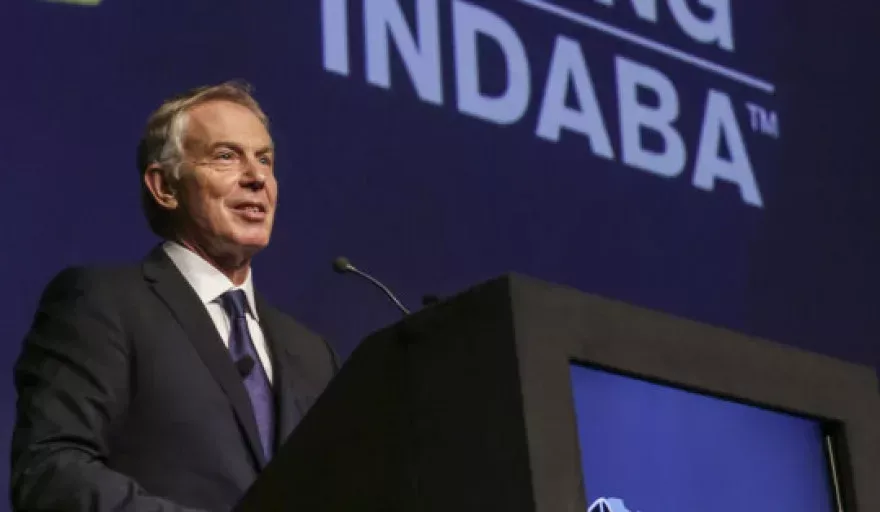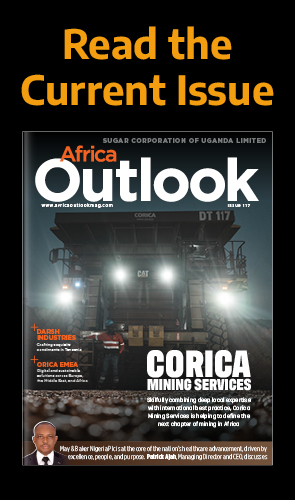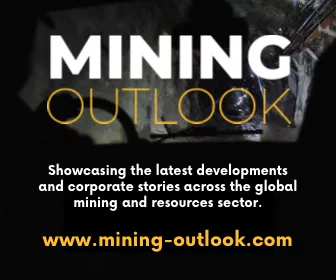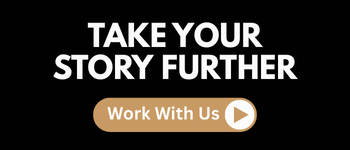Mining Indaba has gone from strength to strength since its inception in Africa two decades ago and now, under the stewardship of six-year MD incumbent, Jonathan Moore, and new owners, the event is looking to build upon the significant work carried out so far.
- INTRODUCTION
- Can you talk me through the core aims of Mining Indaba, how it has evolved over the years and your affiliation with the event?
- What were the demographics of this year’s event and how has this evolved over the course of the Indaba’s existence?
- What effect would you say Mining Indaba has had on economies within African over the years?
- What key trends were discussed at this year’s event?
- How would you like to see Mining Indaba progress and develop moving forward? (best practice)
- What would you say is Mining Indaba’s key differentiator when comparing it to other events on the global mining calendar?
INTRODUCTION
A pan-African initiative from the offset, Mining Indaba was set up to encourage increased levels of foreign direct investment into the industry on the continent; inviting companies from the sector within Africa, investors from an intercontinental footprint, and mining ministers from across the globe to discuss trends, promote opportunities and to share expertise.
Following Mining Indaba 2015, we spoke to the MD about his passion for the event, the key lessons learned from this year’s spectacle, and how he aims to take it forward in years to come.
Can you talk me through the core aims of Mining Indaba, how it has evolved over the years and your affiliation with the event?
Jonathan Moore (JM): It was a pretty significant risk to launch an event in Africa, on African mining, with the idea of bringing in investors to the continent, as opposed to the way it had worked previously, which involved going to centrally located hubs where investors were.
However, the very bright entrepreneur who started the Indaba had a brilliant vision and had built up a relationship with a number of key mining executives in Africa. It started humbly with a couple hundred people and has since grown to being Africa’s most prominent business event and the largest mining event on the continent.
I was blessed when I took this over in 2009, stepping into something with such a smart vision, which hasn’t materially changed over the years from the first.
It’s still about bringing mining companies, investors and mining ministers together to put foreign capital to work on the African continent in the mining sector. This is still very much the focus that drives the event year after year.
What were the demographics of this year’s event and how has this evolved over the course of the Indaba’s existence?
JM: Attendance was slightly down from last year – 6,750 people – which is unsurprising given the general downturn in the market. This includes a mix of mining companies, financial institutions, professional services, government investors, NGOs and service providers who have a connection to the mining investment value chain.Given the market place, the event was really positive this year with great participation from the right people across the sector.
It’s always been an event that attracts a high calibre of participant, whether it’s a speaker from a mining corporate or participant from ministerial level, or someone from a financial institution or an investor. We’ve always enjoyed that very high level of participant and its one of the things that differentiates this event from some of the others you have across the calendar.
One of the things that we have seen is an expansion of where people are coming from. Rwanda is a good example and have been participating this year. South Sudan came for the first time recently too and it’s brilliant to see emerging countries participating and getting exposure.
We also see from the attendee base, a growing contingent from Asia – we see the Indian delegation grow which has been positive – and that North America has comprised a broader cross section of US as opposed to just Canada.
There has been a nice evolution as far as there being a broader universe of people getting involved, which has been a catalyst to help fuel the growth of the event over the past five years.
What effect would you say Mining Indaba has had on economies within African over the years?
JM: What we’ve seen as the continent has emerged and as more people open up to the possibilities of Africa, is an increasingly large universe of people potentially interested. Every time you have economies on the continent maturing and getting to a point where there’s enough stability from a legislation, infrastructure and governmental perspective, suddenly the opportunity to look at investing in that country becomes a lot more plausible than it was just a year ago.
If you look at the growth of the sector on the continent, especially in some of the emerging countries, the indaba has been one of the key platforms for helping drive that. We’re safe in saying that billions of dollars have been generated in the sector off of the 21-year history of the event.
The indaba has helped be part of the catalyst to tell that story of emergence of the growing economies on the continent.
It’s also driven by the significant global press coverage we get. It’s not just an event taking place in Cape Town but an event over four days days where the entire mining world is focused on what’s happening in Cape Town and in African mining. That has been a very direct catalyst for both awareness and also in driving direct dollars into the market place.
What key trends were discussed at this year’s event?
JM: Because Indaba is solely focused on mining in Africa, and because we look strictly at the investment component of it, it really has a narrow remit as far as the scope of what it’s about.
One of the things that was very pleasant about this year’s event was the story from an industry perspective is actually quite a bit rosier on the African continent than in other jurisdictions around the world. One of the interesting things about this downturn compared to others is the relative stability of the economies in Africa despite the fact that the typical downturn in the sector has been so pronounced.
In past downturns, that has had a crippling effect on economies but because the economies have continued to mature and diversify, those economies are not, at this point, as much like one-trick-ponies as they were a decade ago.
Because of that, one of the things that was thematic of this year’s event is that as the sector begins to come back, these economies are going to be in a much better position to take advantage of it.
The mineral wealth of the continent is undeniable, but what we’ve seen over time is that some of the discussion has shifted away from purely what’s in the ground to how to get it out, the infrastructure, issues of electricity and power, access to water and transportation.
Those things are offshoots of what we need to hear at the Indaba every year but, this year, the reality of not having as much strife or disruption led to much more positive discussions about how to resolve industry challenges and about putting the capital to work on the continent.
How would you like to see Mining Indaba progress and develop moving forward? (best practice)
JM: The resources are there, the infrastructure continues to advance as the economies continue to develop, and there are more and more opportunities to feel comfortable about putting capital to work in regions that were off limits a few years ago. All of those things tell a very bright picture for the Indaba and the continent at large.
“One of the things we have tried to do and address is to create a platform to put mining CEOs and ministers and chambers of mines together to harmonise and let best practices rise to the top.
One of the things we felt from a legacy perspective is if we can be part a catalyst to harmonise best practice across the continent, it has the potential to significantly alter the volume of foreign direct investments that come into the sector.
Part of the challenge that currently exists in Africa is that doing business from one jurisdiction to another is so wildly different that it’s hard for investors to say they’re going to have the depth of expertise in each one, so they often tend to focus on select areas and not look beyond. But if we could get to a point where we are that catalyst to bring that dialogue forward and share ideas and have those percolate into actual practiced change, then that has the opportunity to materially change things on the continent.
Every event wants to continue to grow but we want to grow the right way. From my perspective, I’d like to see us grow with that attitude in mind, with us continuing to drive and increase participation across the continent for mining companies, and for us to bring more investors from more destinations to the continent to see what’s happening in the sector.
What would you say is Mining Indaba’s key differentiator when comparing it to other events on the global mining calendar?
JM: The event’s mandate and what it is predicated on is it being a pan-African event. While we are located in South Africa and there’s strong mining sector there, it absolutely is an event that spans Africa and has been since its inception.
One of the wonderful things about this event is that it is very much an African event and its proudly so. The participants think of it as their Indaba, which is one of the things I’ve always felt is unique about it and makes it special. From that perspective, we continue to make sure its roots are there and that our constituents and relationships continue to develop on the continent in that way, to drive that passion around the event.
Since being acquired, one of the things you will see us do and be rabid about is making sure that this event stays true to what made it special to begin with.
We recognise though that there are things we can do and are doing to improve it further such as this year introducing a VIP investor programme to help the top investors have an experience at the Indaba that is customised and holds their hand throughout the event.
On the mining company side we went out to all the mid-tier guys to introduce a new value proposition for them to give them the opportunity to participate in the event in a way that allows them to do so at a price point that’s palatable for their business model.
Those types of things we didn’t do under the previous owners and we wanted to show people through this event that it is a fantastic success, is in the right position on the global calendar, it brings all the right attention to the sector, and we’re still working hard to make it even better.

































